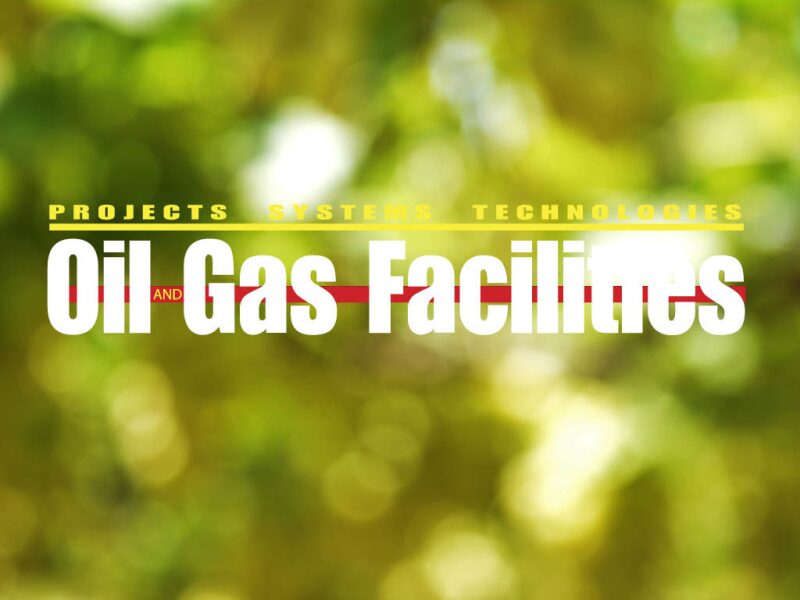Looped gas/liquid multiphase-flow pipelines are used by the oil and gas industry to reduce pressure drop and increase flow capacity. They can be installed alone as a flow splitter or combined in series to form a manifold. Application of looped lines is not unique to the petroleum industry; they are also applied in other industries such as nuclear and chemical. However, there has not yet been a comprehensive fundamental investigation of the flow behavior or predictive methods available for such systems because of the complexity involved with respect to process variables such as flow patterns, fluid properties, phase velocities, and pipe geometry.
Uneven splitting of the gas and liquid phases between the two looped lines can cause malfunction of the downstream processing equipment; therefore, a total of 65 experiments at different flow conditions in a looped-lines system using different-diameter looped-line configurations are conducted in this study to investigate the pressure drop during uneven flow splitting. Most of the experiments are carried out with slug flow at the system inlet, while flow patterns such as slug flow, dispersed flow, and stratified flow are observed in the looped pipes. A computational algorithm is developed for predicting gas/liquid two-phase-flow splitting in the looped lines on the basis of energy minimization. The algorithm predicts the uneven splitting of the two phases and the corresponding pressure drop across the loop. Additionally, the model shows that maximum pressure drop occurs when there is equal splitting in the looped lines. Good agreements have been achieved between the measured and predicted flow splitting and pressure drop across the looped lines.

